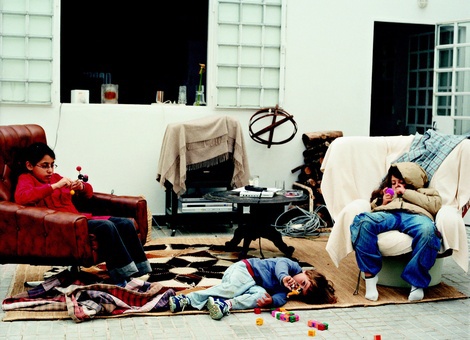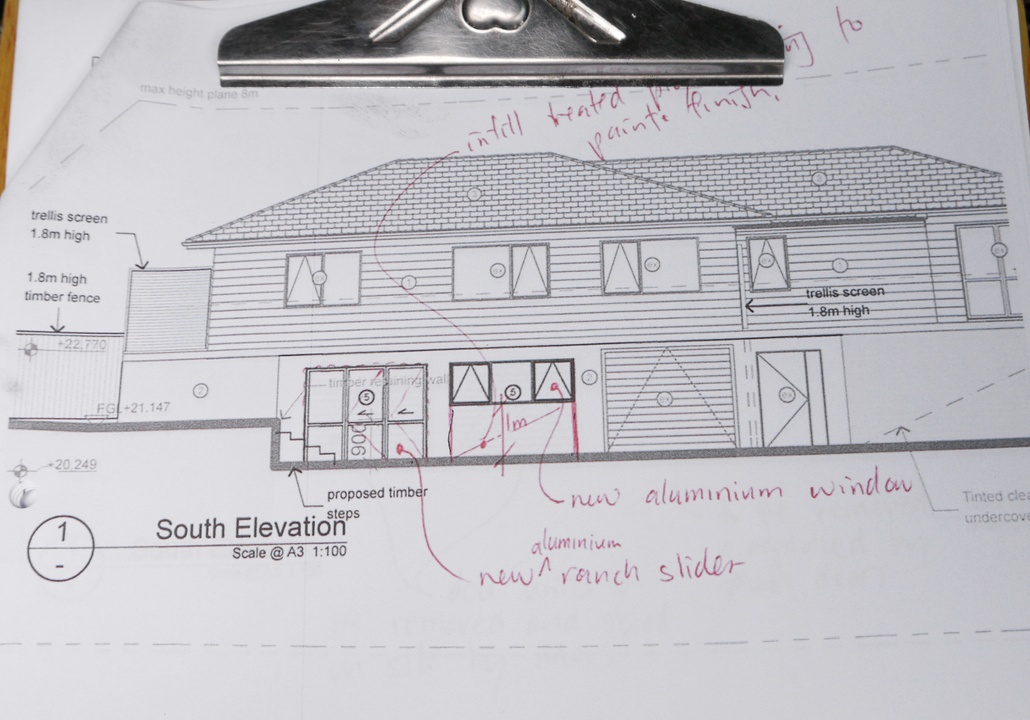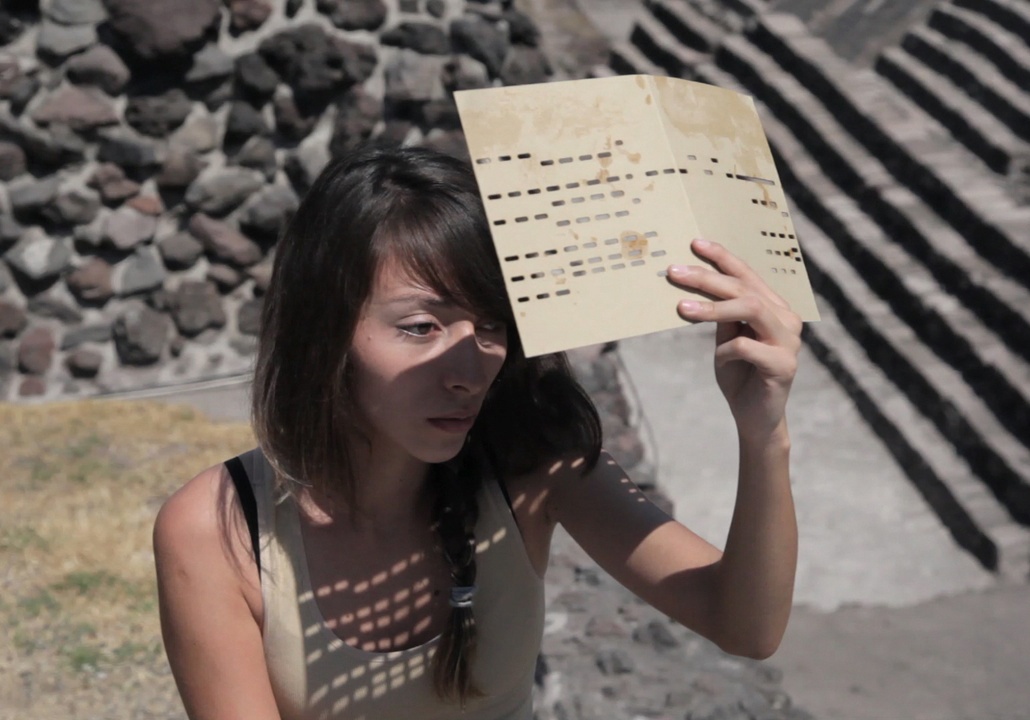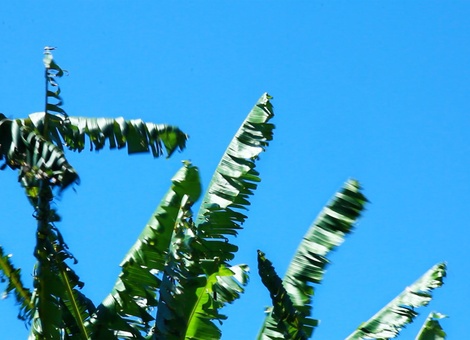Shahzia Sikander
Venue
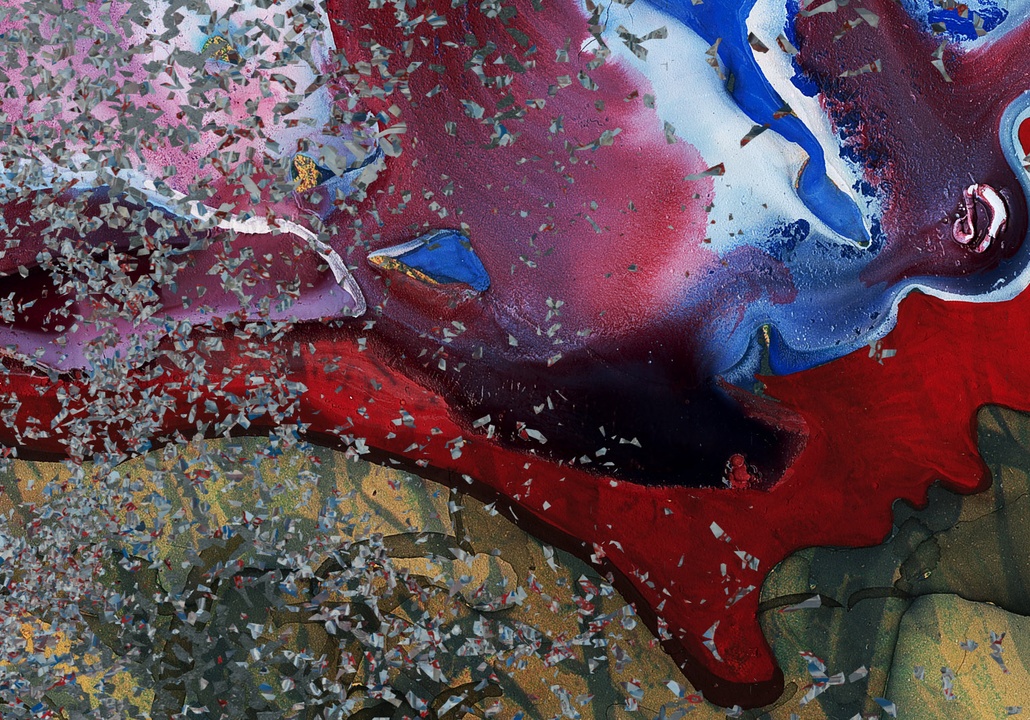
Parallax, 2013 (detail)
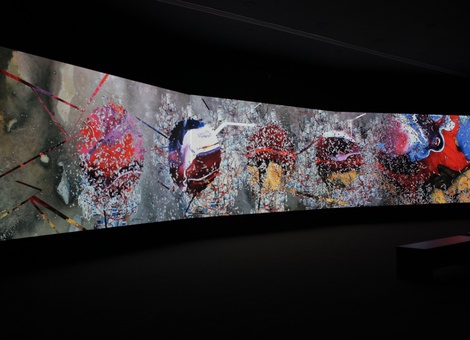
Parallax, 2013 (still)
Born 1969, Lahore, Pakistan
Lives and works in New York City, United States of America
Pakistani-born American artist, Shahzia Sikander is best known for her experimentation with the formal constructs of Indo-Persian miniature painting in a variety of formats and mediums, including video, animation, mural and collaboration with other artists. Over the years, she has pioneered an interpretive and critically charged approach to the genre of miniature painting. Sikander’s interest in paradox, societies in flux, and formal and visual disruption as a means to cultivate new associations also underpins her work.
Selected exhibitions (solo):
Authority as Approximation,Para/Site, Hong Kong, 2009; Shahzia Sikander Selects, Cooper-Hewitt National Design Museum, New York, 2009; Intimate Ambivalence, IKON Gallery,Birmingham, 2008; Shahzia Sikander, Museum of Contemporary Art, Sydney, 2007; Shahzia Sikander, Irish Museum of Modern Art, Dublin, 2007.
‘Sikander’s work brings together the elegant sensibility and attitude of the miniature tradition with contemporary materials and scale...’
Charlotte Huddleston, Director, St Paul St Gallery, AUT University Auckland
Parallax
2013
ST Paul Stthree-channel HD video animation, surround sound
music by Du Yun
15:30min
courtesy of the artist and Pilar Corrias Gallery


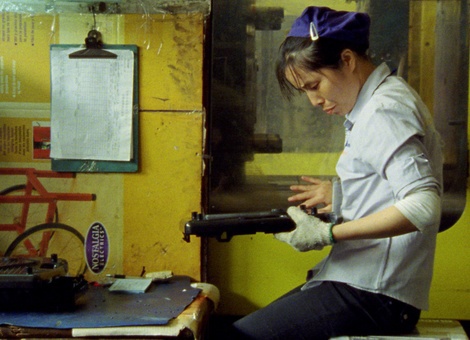
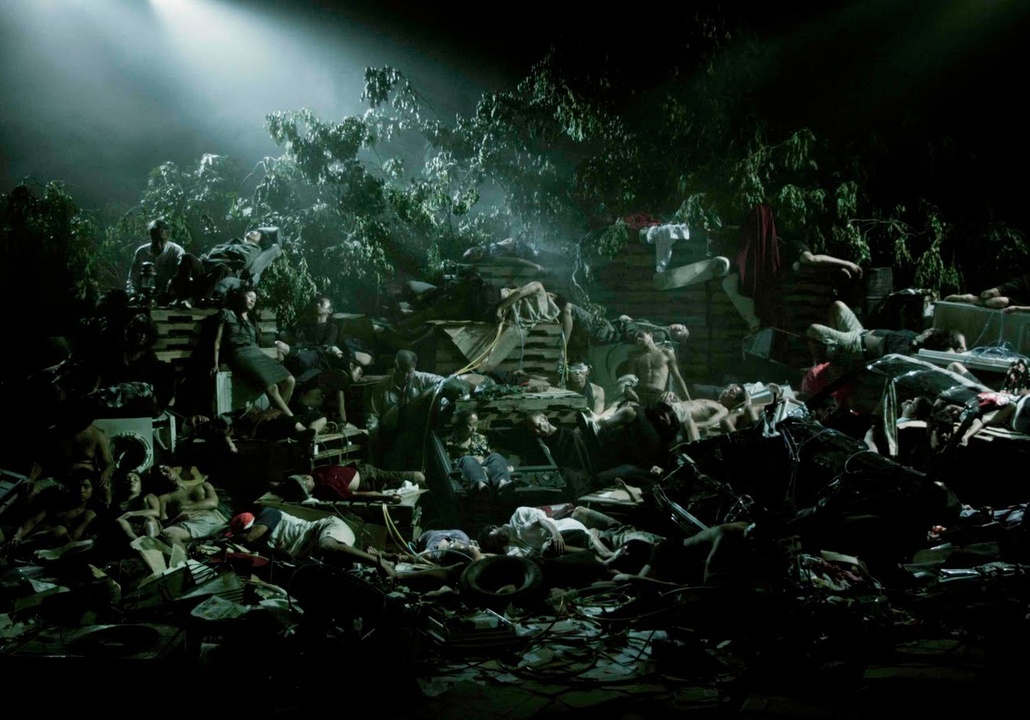
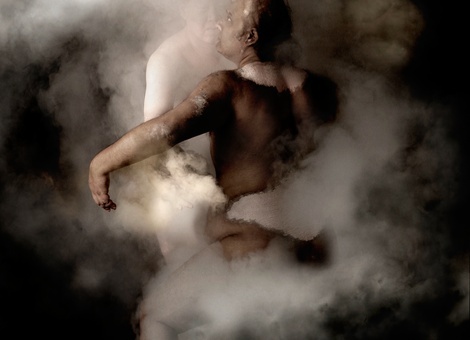
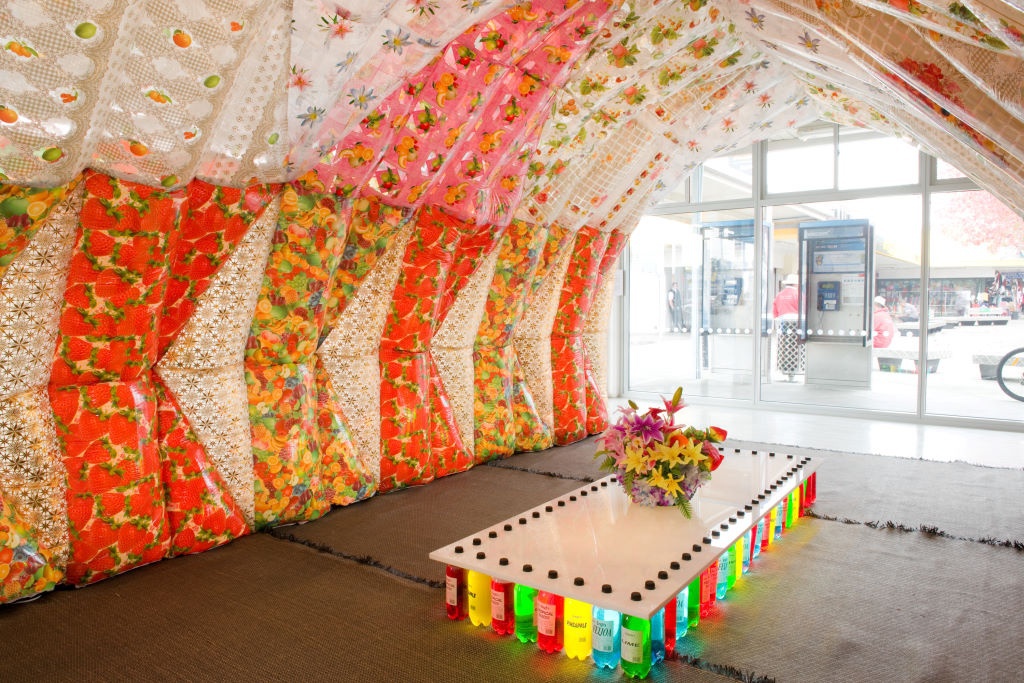

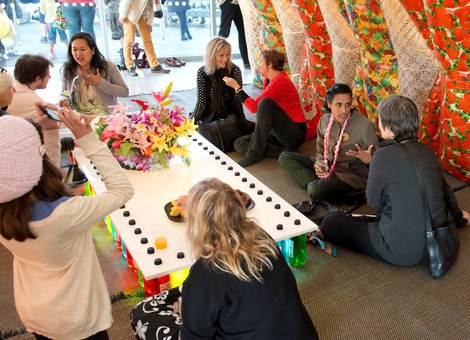
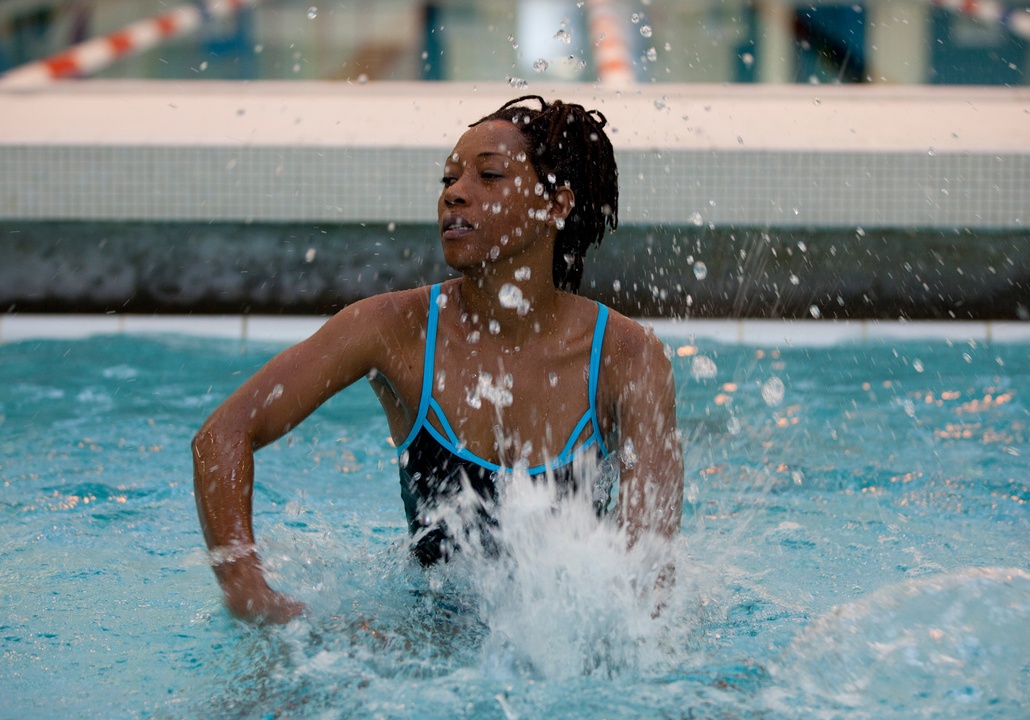
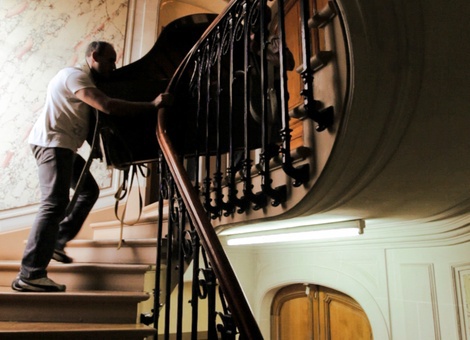
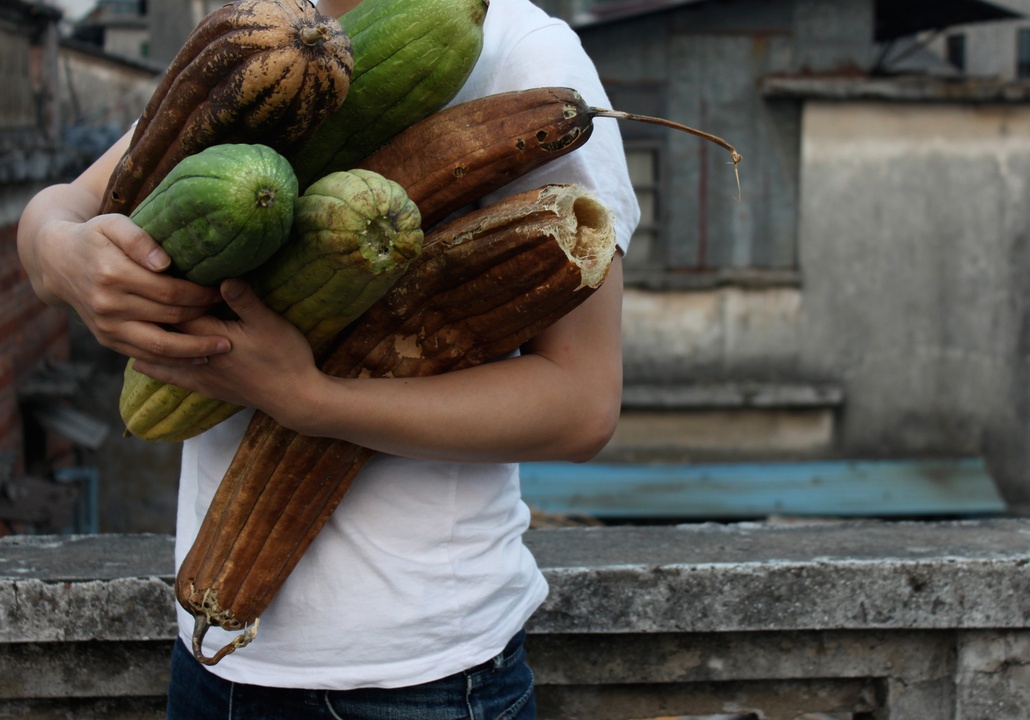
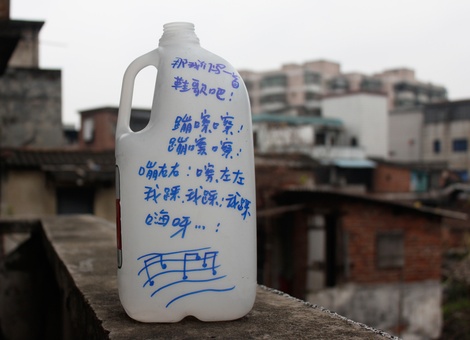
![test pattern [live set], 2008, photograph by Liz Hingley](/media/cache/a8/4a/a84ad52470801916c2979ab95304940f.jpg)
![A [for 6 silos]](/media/cache/2c/f4/2cf4a025b3b51f1fde293c244295a466.png)

